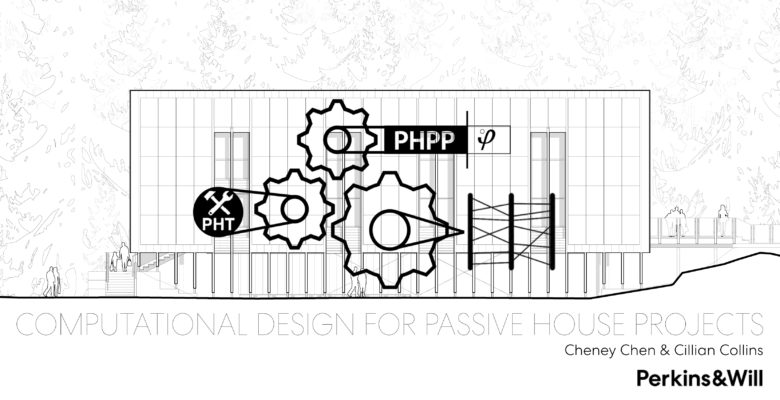Passive House design requires users to create a complete building model to determine the energy
performance of both the whole building and its individual elements. It makes traditional PHPP modeling
a dilemma at the initial design stage when design decision making through optimization is necessary,
without feeding too much design details. This research explores an approach that integrates PHPP as a
calculation engine in a computational design framework. The aim is to generate rapid feedback, validate
design decisions, highlight problem areas, identify most significant design parameters, and undertake
sensitivity analysis. Simultaneously, the computational design framework allows us to pursue building
performance targets beyond energy. A case study of a Passive House project in Vancouver will
demonstrate how the computational design framework help the design team improve their intuitive
design further.
Read the full report here.

